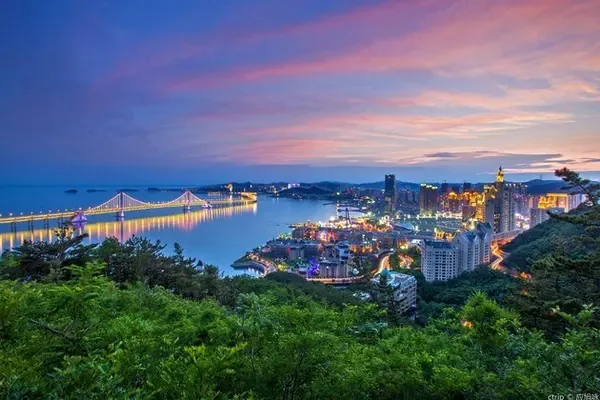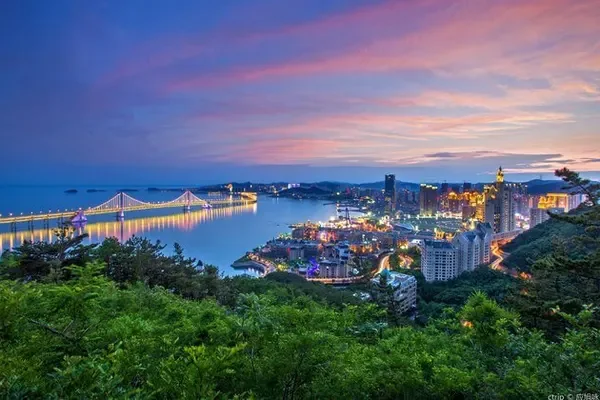
Hoh Xil, a place that sounds very mysterious, some pictures will naturally emerge in the mind: desolation, vastness, vastness, undulating snow-capped mountains, and picturesque scenery. Both desolation and vastness are real, and the mystery is because for most people, it is far away from us, and most people only have a little understanding of it through the pictures and pictures of the media.


Hoh Xil, even for a travel self-media like Yufan who travels around all the year round, is also mysterious. Although I have been to Qinghai, Tibet, and Xinjiang many times before, I have never entered Hoh Xil, but this time we are very lucky , in the "Source of Three Rivers, Mysterious Kunlun" folklore gathering activity, we temporarily added the itinerary of Hoh Xil, which made us extremely excited.


Hoh Xil actually has two concepts. One refers to the Hoh Xil Nature Reserve, which covers an area of 84,000 square kilometers, almost as large as Chongqing City, almost all in Qinghai Province, while the Hoh Xil area is much larger, with a total area of more than 230,000 square kilometers. Kilometers, across the three provinces of Qinghai, Tibet, and Xinjiang, and also includes the well-known Qiangtang, Altun Mountains, Sanjiangyuan and other areas, and the Hoh Xil Nature Reserve is only a small part of the Hoh Xil area.


Hoh Xil is a transliteration of the Mongolian language. It means "blue mountain ridge", and some people say it is "beautiful girl". Tibetan compatriots call it "Aqin Gongjia". First, it is also one of the nature reserves with the largest area, the highest altitude (average altitude above 5,000 meters) and the richest wildlife resources in China. The climate here is very cold, and the natural conditions are harsh. Human beings cannot live for a long time, and it is known as the "forbidden zone of life".


We set off from Golmud City that day, passed through the Yuzhufeng Observation Deck, Wuji Dragon and Phoenix Palace, and Kunlun Mountain Pass. It took about 3.5 hours before we entered Hoh Xil. The area we are in is no longer Golmud, but Yushu Prefecture in Qinghai. Here It is also the source of the Yangtze River in Sanjiangyuan. It is said that the two nature reserves of Sanjiangyuan and Hoh Xil are bounded by the Qinghai-Tibet Highway. One focuses on natural ecological protection, and the other focuses on plateau animal protection. They complement each other and live next to each other.


It is understood that there are more than 30 known mammals living in the Hoh Xil National Nature Reserve, almost all of which are unique to the plateau, and only one species of reptile is the Qinghai sand lizard. There are wild yaks, Tibetan antelopes, wild donkeys, white-lipped deer, brown bears and other unique wild animals on the Qinghai-Tibet Plateau. It is one of the areas rich in animal resources in China, with more than 230 kinds of wild animals.


Due to time constraints and national protection policies, we did not enter the core area of the Hoh Xil National Nature Reserve. We just visited the periphery for an hour or two. We also saw many wild animals on the way, including Tibetan wild donkeys and Tibetan antelopes. Among them, wild donkeys are bolder and live closer to the road. We can capture them in the car, while Tibetan antelopes are only seen running on the grassland from a distance. Some pictures that don't work well.


Hoh Xil is beautiful because it is far away from the public, just as Wang Anshi said, "When the barbarians are close, there will be many tourists; , and what is rare for humans", so the distance is far away, and human life has little damage to it, so it is beautiful and mysterious in people's minds. It is a pure land away from the hustle and bustle of the city, with blue sky, rolling snow-capped mountains, patches of white clouds, and many rare animals and plants living on the endless grassland. However, beauty is often accompanied by fear, and Hoh Xil is the same. Under its clean and sacred appearance, unknown dangers lurk. Only then can we better understand the awe humans should have for nature.

